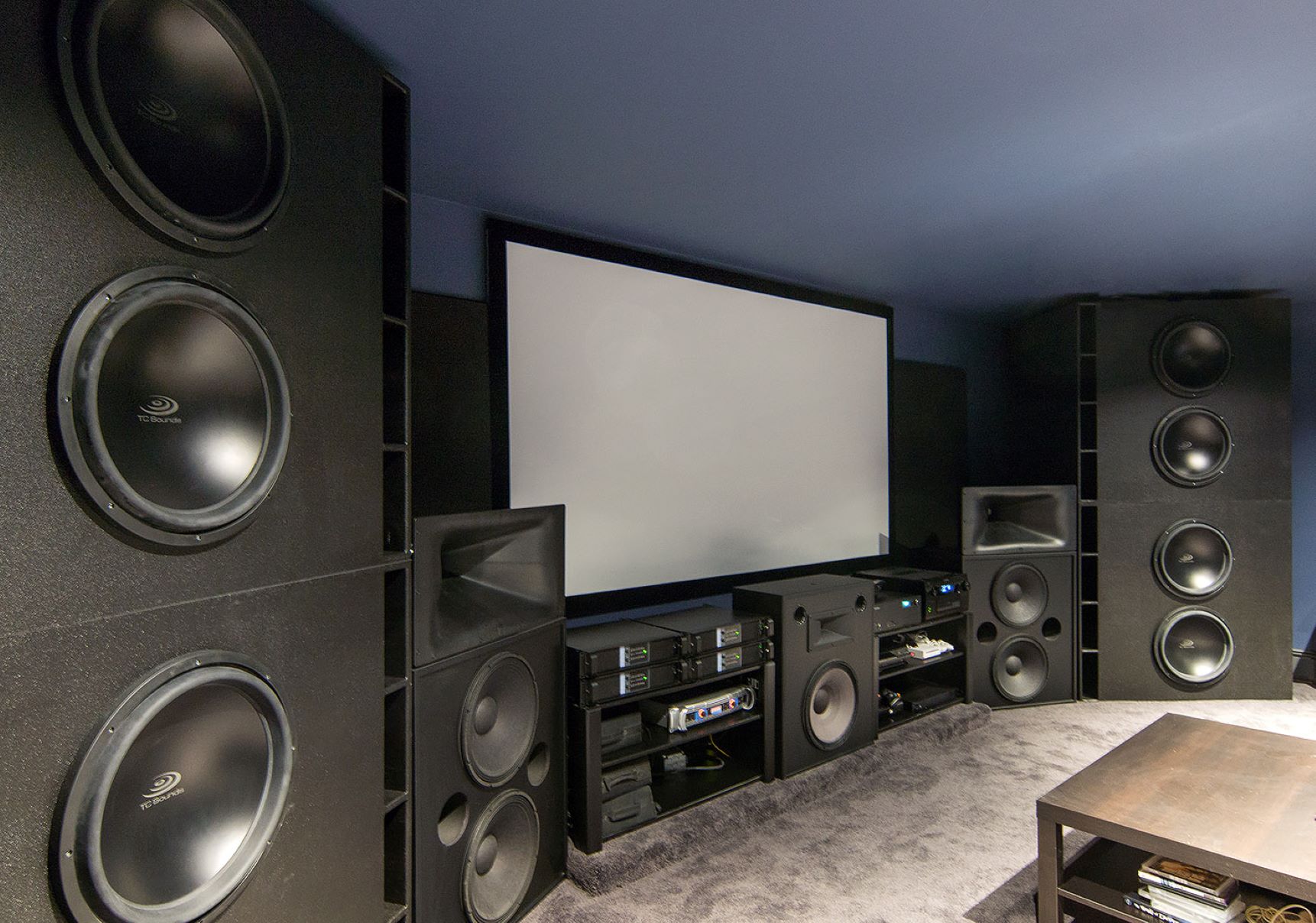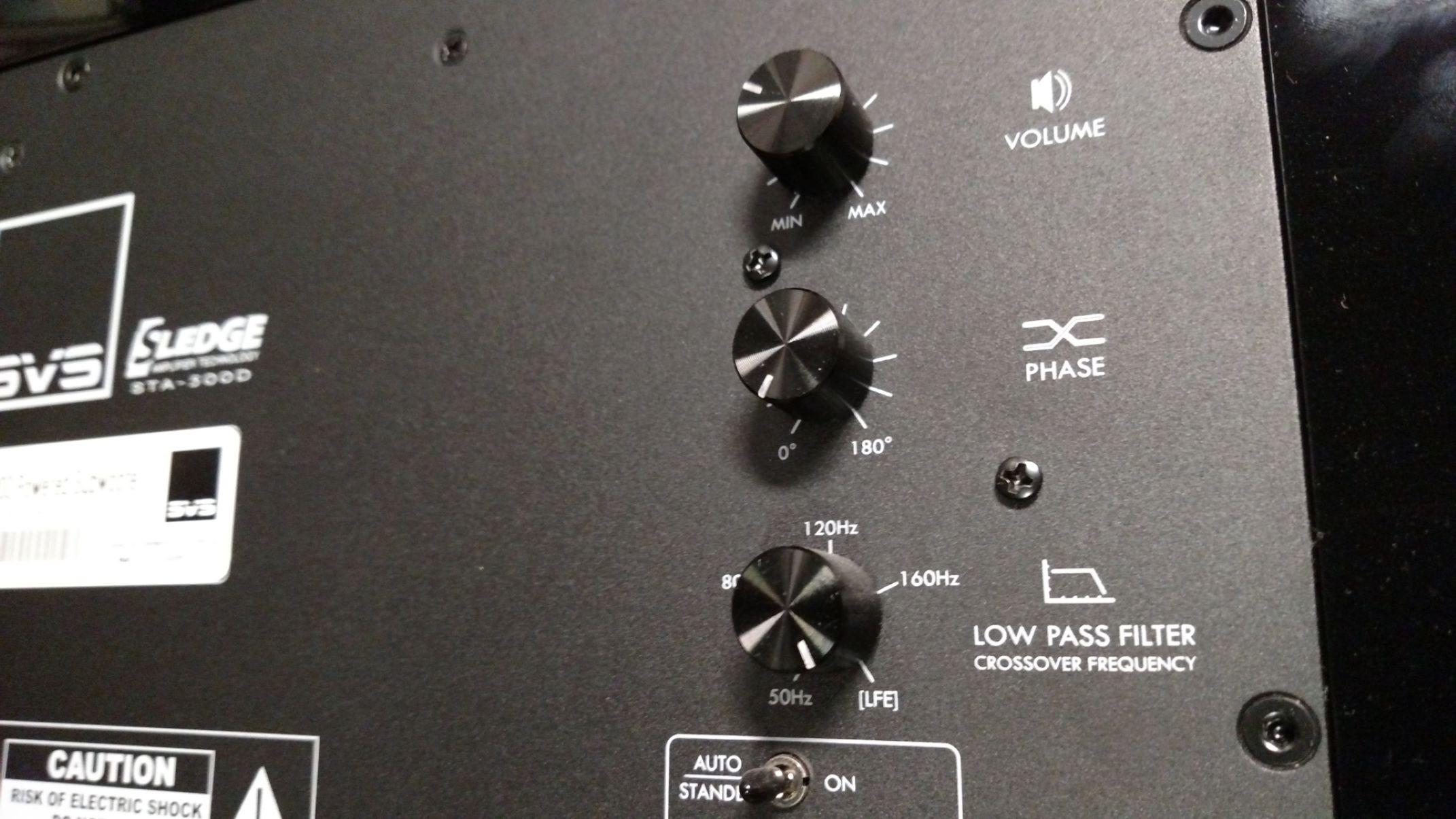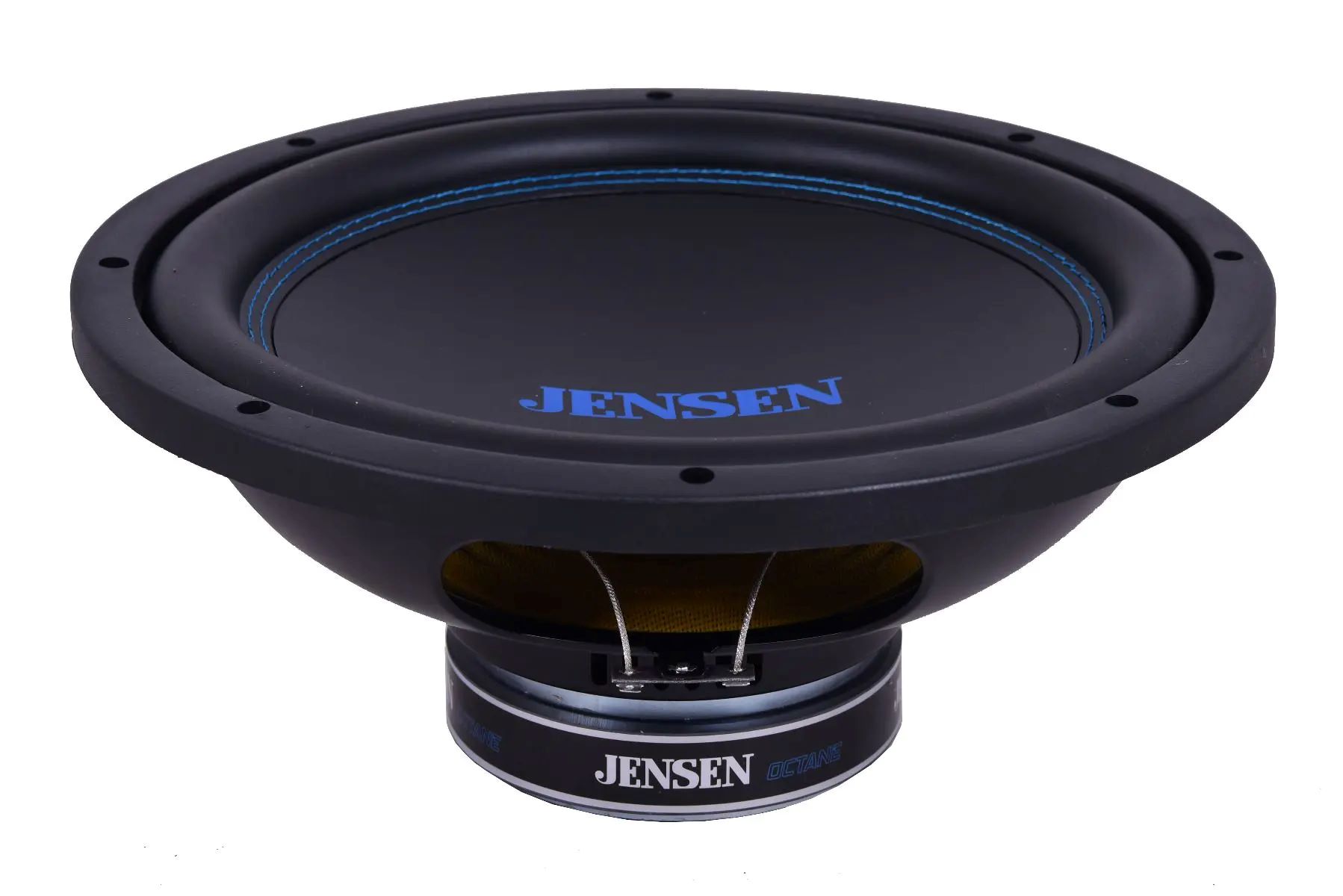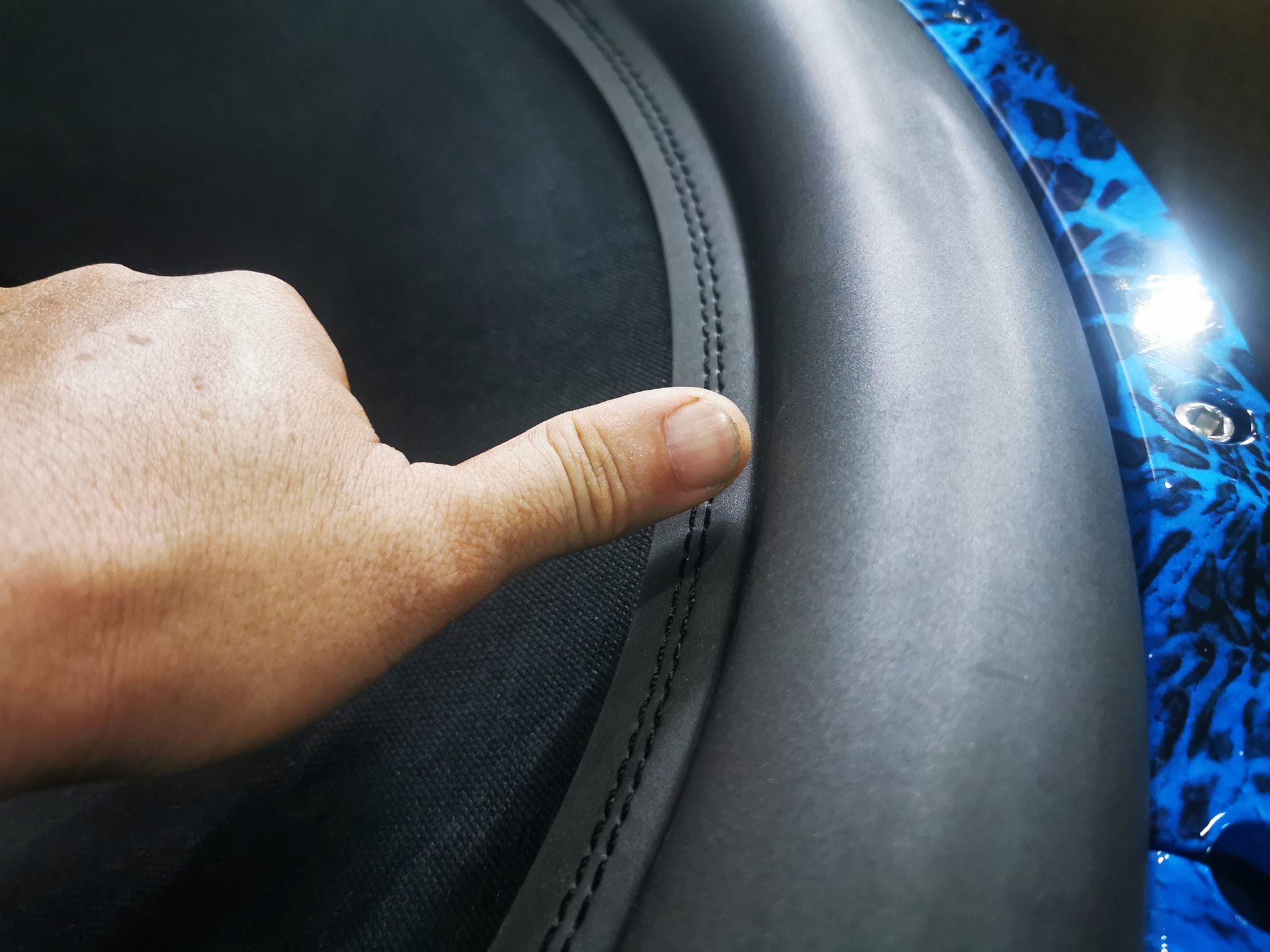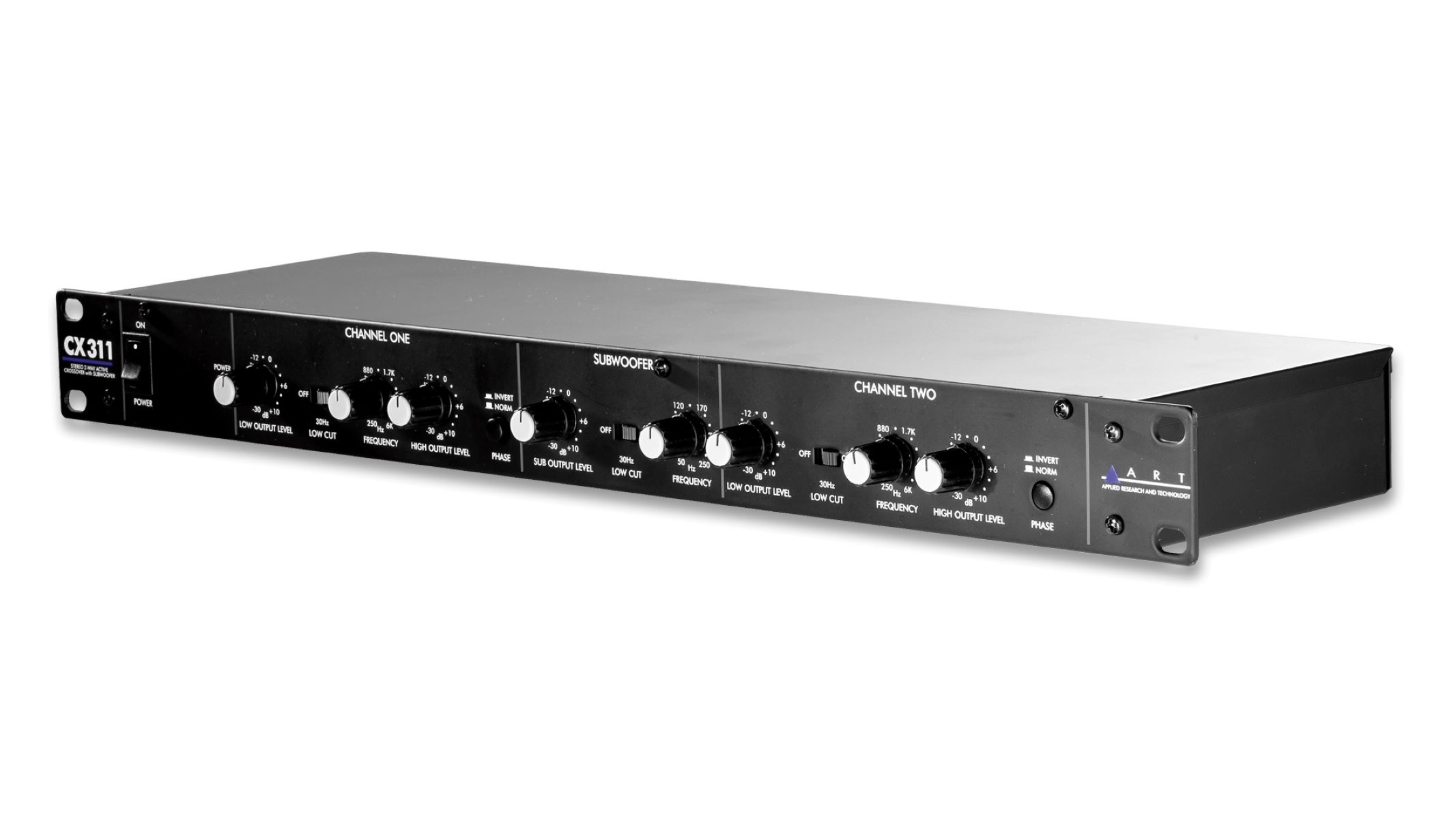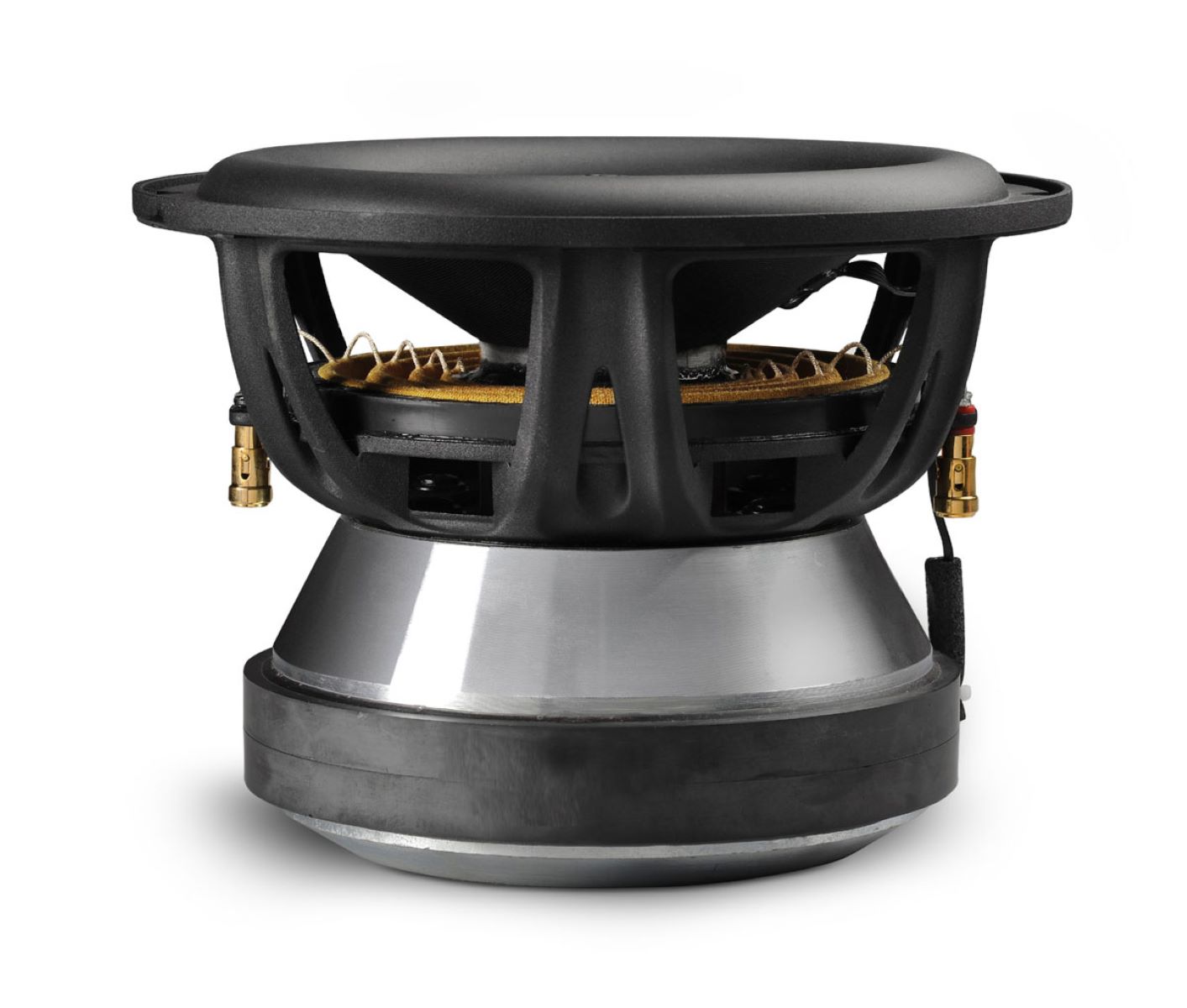Home>Devices & Equipment>Subwoofer>What Is A Passive Radiator Subwoofer
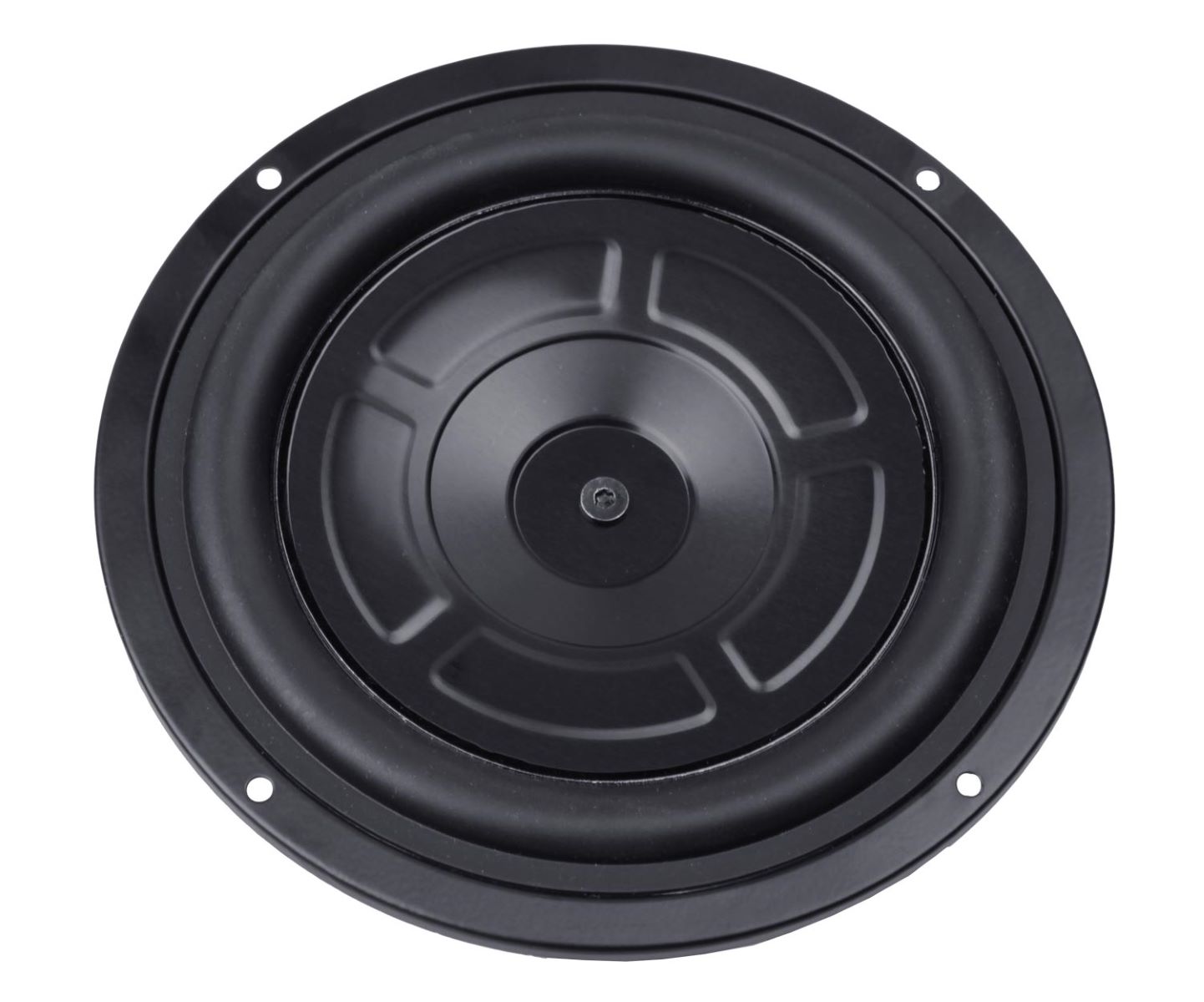

Subwoofer
What Is A Passive Radiator Subwoofer
Modified: February 18, 2024
Discover the benefits of using a passive radiator subwoofer to enhance your audio experience. Learn how this type of subwoofer works and why it's a must-have for any sound system.
(Many of the links in this article redirect to a specific reviewed product. Your purchase of these products through affiliate links helps to generate commission for AudioLover.com, at no extra cost. Learn more)
Table of Contents
Introduction
Welcome to the world of subwoofers, where deep, powerful bass takes center stage. If you’re a music enthusiast or a movie lover, you know the importance of having a quality subwoofer to enhance your audio experience. While there are various types of subwoofers available in the market, one particularly intriguing option is the passive radiator subwoofer.
A passive radiator subwoofer is a specialized type of subwoofer that relies on a passive radiator instead of a ported or sealed enclosure design. This unique design allows for greater control and flexibility, resulting in improved low-frequency response and overall sound quality.
In this article, we will dive deep into the world of passive radiator subwoofers and explore how they work, their advantages, applications, and important considerations to keep in mind when choosing one.
Whether you’re a music producer looking for the perfect bass response in your studio, a home theater enthusiast seeking immersive sound, or a car audio aficionado aiming for earth-shaking lows on the road, understanding the ins and outs of passive radiator subwoofers will help you make an informed decision in your quest for exceptional low-end performance.
Definition of a Passive Radiator Subwoofer
A passive radiator subwoofer is a type of subwoofer that utilizes a passive radiator, also known as a “drone cone” or “slave radiator,” in addition to a traditional speaker driver. Unlike a traditional subwoofer, which uses a ported or sealed enclosure to produce low-frequency sound waves, a passive radiator subwoofer uses a passive radiator to enhance bass performance.
The passive radiator is a cone-shaped diaphragm without a voice coil or magnet. It is attached to the enclosure and moves in response to the air pressure generated by the active driver. The movement of the passive radiator creates additional air movement within the enclosure, effectively augmenting the low-frequency output.
One key advantage of using a passive radiator is that it allows for greater control over the subwoofer’s tuning and response. By adjusting the passive radiator’s weight, stiffness, and size, the performance of the subwoofer can be tailored to specific requirements, resulting in a more accurate and balanced low-frequency output.
It’s important to note that while a passive radiator subwoofer does not have a built-in amplifier like an active subwoofer, it still requires an external amplifier to power it. The passive radiator subwoofer is designed to work in conjunction with an active amplifier, which provides the necessary power and signal processing to drive the speaker driver and passive radiator.
Overall, a passive radiator subwoofer offers a unique approach to achieving deep and impactful bass reproduction. With its distinct design and ability to fine-tune the low-frequency response, it is a popular choice among audio enthusiasts and professionals seeking a more refined and tailored audio experience.
How a Passive Radiator Subwoofer Works
Understanding the functioning of a passive radiator subwoofer requires delving into the mechanics of the passive radiator itself. Unlike a traditional subwoofer enclosure that uses ports or sealed designs to produce low-frequency sound waves, a passive radiator subwoofer utilizes a passive radiator to enhance bass performance.
A passive radiator is essentially a cone-shaped diaphragm that is similar in appearance to a regular driver but lacks a voice coil and magnet. It is connected to the enclosure and moves in response to the air pressure generated by the active driver, which is powered by an external amplifier.
When the active driver produces sound, it creates pressure fluctuations within the enclosure. These pressure fluctuations cause the passive radiator to move back and forth, thereby generating additional air movement. This movement augments the low-frequency output of the subwoofer, resulting in deeper, more impactful bass reproduction.
The key advantage of using a passive radiator is that it allows for greater control and flexibility in tuning the subwoofer’s response. By adjusting the weight, stiffness, and size of the passive radiator, the performance can be fine-tuned to achieve the desired low-frequency characteristics. This level of control is particularly advantageous in applications where precise bass reproduction is crucial, such as professional studio monitoring or home theater setups.
It is important to note that the passive radiator subwoofer still requires an external amplifier to provide power and signal processing. The amplifier drives the active driver, which in turn generates the primary sound output, and the passive radiator enhances the overall bass response.
Overall, the working principle of a passive radiator subwoofer revolves around the interaction between the active driver, the pressure fluctuations within the enclosure, and the movement of the passive radiator. By carefully balancing these elements, a passive radiator subwoofer can deliver deep, accurate bass that elevates the audio experience and brings music, movies, and other audio content to life with rich low-frequency reproduction.
Advantages of Passive Radiator Subwoofers
Passive radiator subwoofers offer several advantages that make them a preferred choice for many audio enthusiasts and professionals seeking exceptional bass performance. Here are some of the key advantages:
- Improved Low-Frequency Response: Passive radiator subwoofers can provide improved low-frequency response compared to traditional subwoofers. The tuning flexibility offered by the passive radiator allows for more precise control over the bass reproduction, resulting in deep and accurate low-end frequencies.
- Reduced Port Noise: With traditional ported subwoofers, air turbulence can create unwanted noise, particularly at higher volume levels. Passive radiator subwoofers, on the other hand, do not have a port, eliminating the potential for port noise and resulting in cleaner and smoother bass reproduction.
- Compact Size: Passive radiator subwoofers can be designed to be more compact compared to ported or sealed subwoofers with similar performance. This makes them suitable for applications where space is limited, such as small rooms, car audio installations, or portable sound systems.
- Enhanced Transient Response: The absence of a port in passive radiator subwoofers improves their transient response, allowing for faster and more accurate bass reproduction. This can greatly enhance the clarity and impact of bass-heavy music or sound effects in movies and games.
- Customization and Fine-Tuning: Passive radiator subwoofers offer greater customization options due to the ability to adjust the weight, stiffness, and size of the passive radiator. This flexibility allows for precise tailoring of the subwoofer’s performance to match specific listening preferences and room acoustics.
- Reduced Group Delay: Group delay refers to the time delay between different frequencies. Passive radiator subwoofers tend to have lower group delay, resulting in better synchronization between the low-frequency sound and the rest of the audio spectrum. This can lead to a more cohesive and immersive listening experience.
These advantages make passive radiator subwoofers an appealing choice for various applications, including home theater setups, professional audio production, car audio systems, and even outdoor events where powerful, accurate bass is desired. The ability to achieve deep and refined bass reproduction, combined with the flexibility to customize the performance, sets passive radiator subwoofers apart and makes them a valuable addition to any audio system.
Applications of Passive Radiator Subwoofers
Passive radiator subwoofers find their applications in a wide range of audio systems where deep, accurate bass reproduction is essential. Here are some common applications where passive radiator subwoofers excel:
- Home Theater Systems: Passive radiator subwoofers are a popular choice for home theater setups due to their ability to deliver immersive and impactful low-frequency effects. Whether you’re watching action-packed movies or enjoying a concert in the comfort of your living room, a passive radiator subwoofer can bring out the full potential of the audio and create a theater-like experience.
- Professional Audio Production: In recording studios, mastering suites, and other professional audio production environments, precision and accuracy are paramount. Passive radiator subwoofers, with their ability to fine-tune the low-frequency response, are highly sought after for critical monitoring tasks. They ensure that sound engineers and producers can accurately assess and mix low-end frequencies, resulting in tighter bass reproduction in recordings and mixes.
- Car Audio Systems: A car can be a challenging environment for audio enthusiasts to achieve strong, clean bass due to limited space and outside noise. Passive radiator subwoofers offer a compact solution that can be easily integrated into car audio systems, delivering deep, powerful bass without sacrificing the precious cargo space.
- Live Sound Reinforcement: In live sound applications, such as concerts, festivals, and other live events, passive radiator subwoofers can provide the necessary impact to reproduce the full range of bass frequencies accurately. They ensure that the low-end content of the audio is felt, enhancing the overall energy and excitement of the performance.
- Party and Event Sound Systems: For DJs, event organizers, and rental companies, passive radiator subwoofers offer an ideal solution to create a dynamic and engaging audio experience for parties, weddings, and other events. The ability to customize the subwoofer’s performance allows for optimal adaptation to different venues and crowd sizes.
These are just a few examples of the versatile applications of passive radiator subwoofers. Their ability to deliver deep, accurate bass makes them a valuable addition to any audio system, whether it’s for personal enjoyment, professional audio production, or live sound reinforcement. Regardless of the application, passive radiator subwoofers enhance the listening experience and bring music and audio content to life with their powerful bass reproduction.
Important Considerations before Choosing a Passive Radiator Subwoofer
When considering a passive radiator subwoofer for your audio system, there are some important factors to keep in mind to ensure you make the right choice. Here are a few key considerations:
- Room Size and Acoustics: The size and acoustic properties of your room can greatly impact the performance of a passive radiator subwoofer. Larger rooms may require a subwoofer with more power and a larger passive radiator to fill the space effectively. Additionally, the room’s acoustics, such as the presence of hard surfaces or sound-absorbing materials, can affect the bass response. It’s crucial to consider these factors to choose a subwoofer that is appropriate for your specific room.
- Power and Amplification: Since a passive radiator subwoofer does not have a built-in amplifier, you’ll need to pair it with an external amplifier. It’s essential to ensure that the amplifier has sufficient power to drive both the active driver and the passive radiator. Choosing an amplifier with the right specifications and power output will help achieve optimal performance from the subwoofer.
- Frequency Response and Output: Each passive radiator subwoofer has its own frequency response range and output capabilities. Consider the frequency range you desire and match it to the subwoofer’s specifications. This will ensure that the subwoofer can reproduce the low-end frequencies accurately and provide the level of bass output you desire for your audio system.
- Budget: Passive radiator subwoofers are available in a wide range of price points, each offering different levels of performance and features. Determine your budget and prioritize the aspects that are important to you, such as power, build quality, or additional features. This will help you narrow down your options and choose a subwoofer that fits within your budget while meeting your requirements.
- Brand and Reputation: When investing in a passive radiator subwoofer, it’s crucial to consider the brand’s reputation and customer reviews. Look for trusted brands that have a history of producing high-quality audio equipment. Reading reviews and seeking recommendations from trusted sources can help ensure that you select a subwoofer that offers reliable performance and durability.
By considering these important factors, you can make an informed decision when selecting a passive radiator subwoofer that is well-suited to your specific audio needs and preferences. Taking the time to evaluate these considerations will help you choose a subwoofer that provides the desired bass performance and enhances your overall audio experience.
Conclusion
Passive radiator subwoofers offer a unique and effective solution for achieving deep, powerful bass in various audio systems. Their ability to enhance low-frequency response, customization options, and compact size make them a versatile choice for applications ranging from home theaters to car audio systems to professional audio production.
With a passive radiator subwoofer, you can enjoy improved low-frequency response, reduced port noise, and enhanced transient response, resulting in a more immersive and accurate audio experience. These subwoofers provide greater control over the bass reproduction, allowing you to tailor the performance to your specific preferences and the acoustics of your room.
Before choosing a passive radiator subwoofer, it’s important to consider factors such as room size and acoustics, power and amplification requirements, frequency response, budget, and brand reputation. Taking these considerations into account will help you select a subwoofer that meets your needs and delivers the desired bass performance.
Whether you’re a music enthusiast, a movie lover, or a professional in the audio industry, a passive radiator subwoofer can elevate your audio experience by adding depth, impact, and accuracy to the low-end frequencies. Its unique design and advantages make it an excellent option for anyone seeking a more immersive and engaging audio experience.
Make sure to do thorough research, listen to demos, and consult with experts to find the perfect passive radiator subwoofer that matches your requirements and preferences. With the right subwoofer in place, you can enjoy the full potential of your audio system and truly feel the power of deep, rumbling bass.


